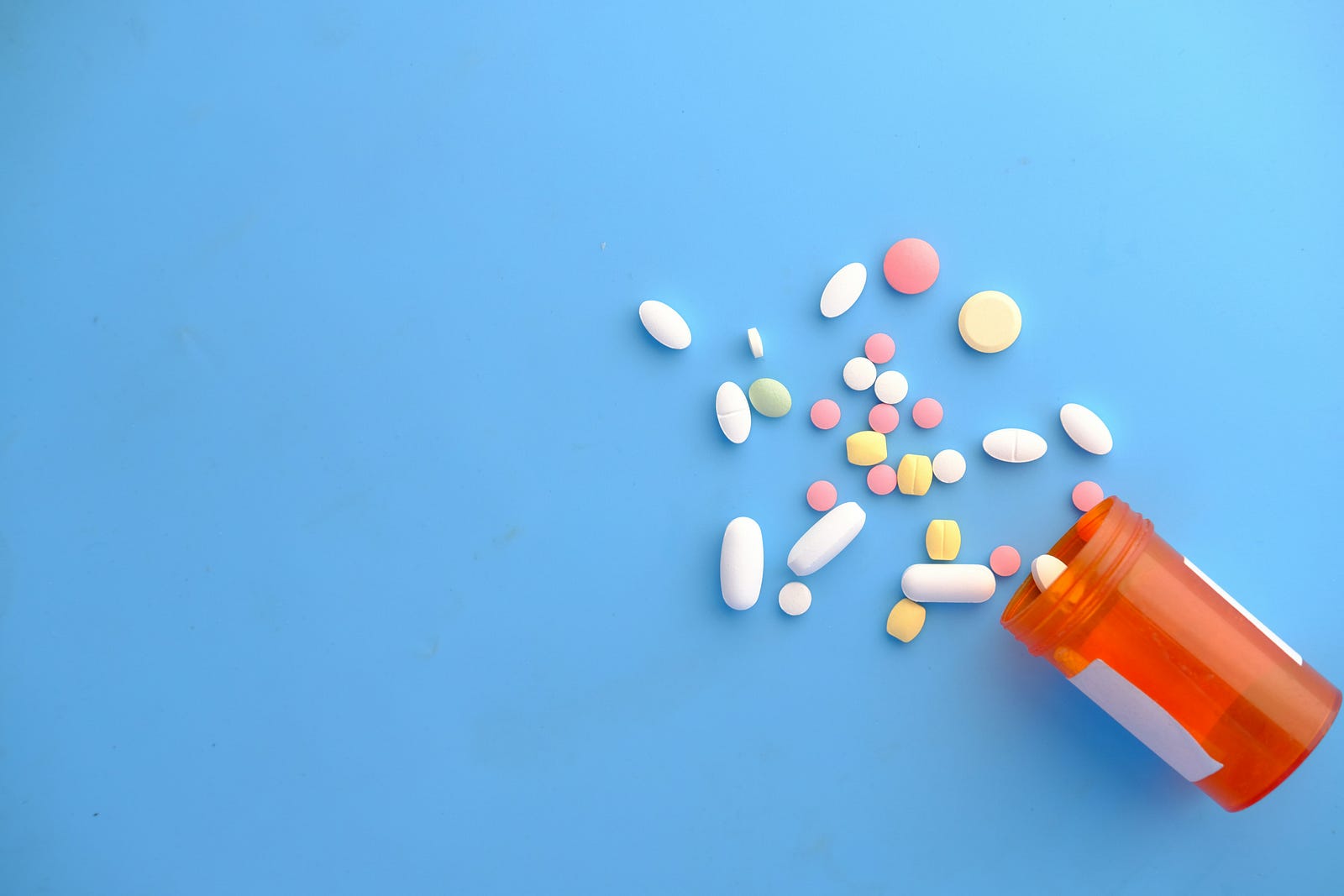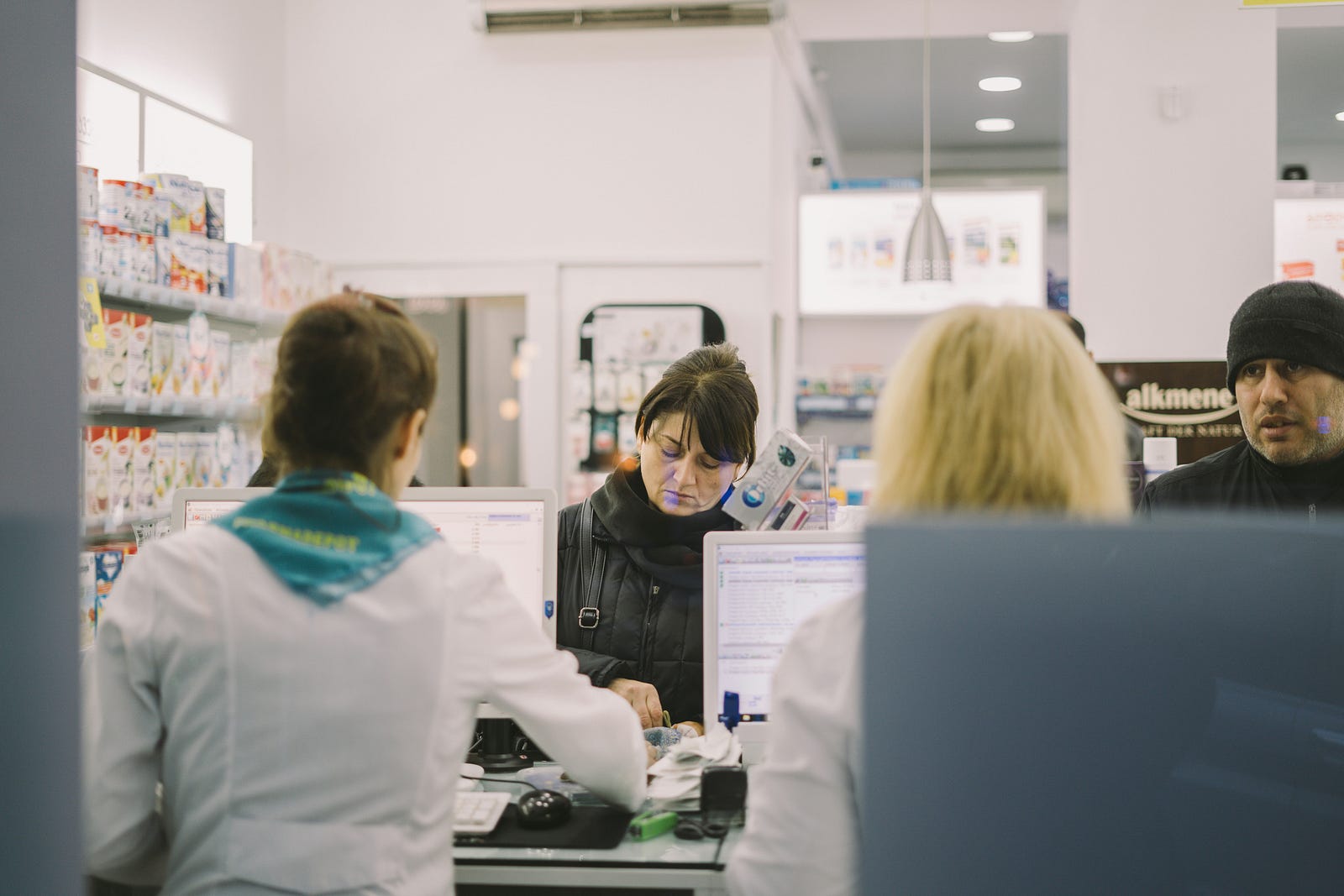Today’s topic? Opioid addiction and prescription drugs.
I am a cancer doctor.
I think that you understand why I need to write prescriptions for painkillers such as opioids.
When our patients use pain medicines as directed by a qualified health professional, opioid medicines can safely control severe pain.
Some of my patients suffering from cancer-related pain at the end of life benefit greatly.
Of course, the addiction potential of these patients is not top of mind.
Opioid Addiction and Prescription Drugs – Addiction Risk
However, we clinicians are increasingly sensitive to the addictive nature of pain medicines.
Now comes this startling reality check:
Nearly one in three individuals prescribed opioids show signs of problematic use, ranging from dependency to full-blown opioid use disorder.

Yes, you read that correctly: One in three.
I will briefly discuss a new study revealing this disturbing statistic before turning to strategies you can use to avoid adding to the numbers.
What Are Opioids?
Opioids are a broad group of drugs designed to relieve pain.
These medicines work with your brain cells.
Some opioids come from the poppy plant. Morphine (MS Contin and others) is an example.
Scientists create other opioids in the laboratory. These synthetic opioids include fentanyl (Actiq and Fentora).
Some of the other opioids we use in the oncology clinic include:
- codeine
- hydrocodone (Vicodin®)
- Oxycodone (OxyContin® and others)
There are many more.

Opioid-Related Deaths Are Too Common Worldwide
Here’s a World Health Organization statistic that got my attention:
Drug use killed 600,000 individuals worldwide. Epidemiologists discovered that opioids played a role in nearly four in five of these deaths.
Overdose caused approximately 25 percent of these opioid-related deaths.
Opioid Addiction and Prescription Drugs in the U.S.
I know that my state of Washington is among the fastest rising for drug overdose deaths.
Here are the U.S. statistics:

According to the U.S. Centers for Disease Control (CDC),
Opioid-related overdose deaths totaled 81,083 in 2023. This number represents a drop from 84,181 the year prior.
Overdose deaths from synthetic opioids (primarily fentanyl) decreased in 2023 compared to 2022.
Still, the overwhelming majority of overdose deaths in recent years involve illegally manufactured fentanyl and other potent synthetic opioids, which sellers may add to other drugs.
Customers then unknowingly consume fentanyl.

And then there is this: Cocaine and psychostimulant (like methamphetamine) mortality increased.
I want to turn to the new report and that one in three number.
One in Three – Opioid Addiction and Prescription Drugs
Even as an oncologist, I was shocked to learn that nearly one in 10 patients treated with prescription opioid painkillers become dependent on the drugs or experience an opioid use disorder.
A recent meta-analysis also revealed this:
Almost three in 10 patients in the analysis had signs or symptoms indicating opioid dependence or opioid use disorder.
Here’s a graphic depiction of the prevalence of problematic opioid use among 148 studies:

Actionables
I don’t want to present alarming stats and leave.
Here are some things you can do to reduce your chances of developing an opioid dependency.
- Ask if there are alternatives to opioids.
- If possible, keep your opioid use to three or fewer days (for example, after surgery).
- If you need opioids for severe pain, coordinate with your healthcare provider to take the lowest reasonable dose (for the shortest time possible).
- Take the pain medicine as prescribed.
- Please do not share your opioid medicines with others (and don’t take their medicine).
Protecting Our Family and Community – Opioid Addiction and Prescription Drugs
One more thing: We all need to make our communities safer.
- Store opioid medicines securely.
- Get rid of unused opioid medicines.

In the United States, find the closest Controlled Substance Public Disposal Location on a website maintained by the Drug Enforcement Administration (DEA).
You can also contact your local law enforcement agency or trash and recycling service for information about local medicine takeback programs.
If no takeback program is available in your area, ask your pharmacist for help.
We all need to contribute to break the hold opioids have on our communities.
Thank you for reading “One in Ten: The Shocking Truth About Opioid Addiction and Prescription Drugs.”




